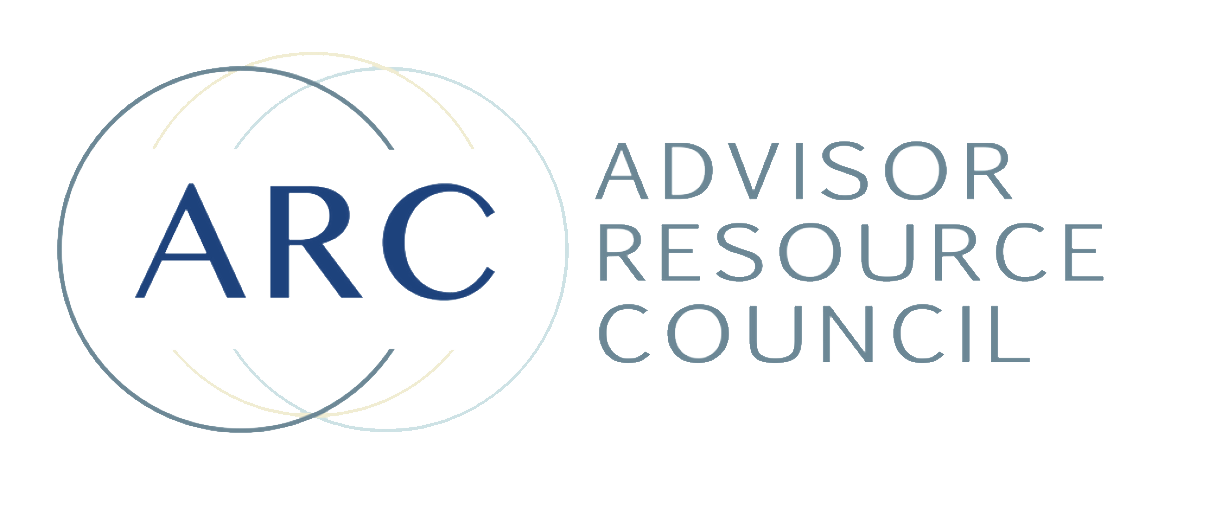Choosing Between a Broker-Dealer and RIA Model as an Independent Financial Advisor
Exploring fundamental industry structures, practicalities of setting up your own Registered Investment Advisor (RIA) or broker-dealer, and strategic decisions that can significantly impact your success.
Summary - There are many options and considerations to factor when considering how to affiliate as an independent financial advisor. While setting up an RIA can offer significant control and scalability, it also comes with regulatory and operational challenges, making hybrid models a practical interim solution for those not ready to fully commit.
Understanding Industry Basics: RIA vs. Broker-Dealer
For many financial advisors, the terms "RIA" (Registered Investment Advisor) and "broker-dealer" are familiar, yet understanding their differences is crucial as you embark on the journey to independence.
Broker-Dealer Explained
Historically, broker-dealers dealt with inventory, either acting as brokers for other firms' inventories or creating and managing their own. Although the landscape has evolved, the term "broker-dealer" persists, primarily signifying firms involved in commission-based business. Modern broker-dealers are regulated by the Financial Industry Regulatory Authority (FINRA) and typically require a Series 7 license to handle commissionable products.
The Role of RIAs
On the other hand, RIAs cater to advisory-driven, fee-based business models. These entities operate under a fiduciary standard, which mandates that advisors act in their clients' best interests. RIAs are primarily regulated by the Securities and Exchange Commission (SEC) or state regulators, depending on the assets under management.
Should You Create Your Own RIA or Broker-Dealer?
One of the most common questions advisors face when considering independence is whether to set up their own RIA or broker-dealer. Here’s a detailed look into the considerations for each option.
Establishing Your Own Broker-Dealer
In today's regulatory environment, starting your own broker-dealer is generally not advisable unless you have a highly specific business model that necessitates it. The complexities and increasing regulatory burdens imposed by FINRA make it impractical for most advisors. Instead, most broker-dealers focus on scaling up to manage the regulatory and operational challenges efficiently. Therefore, the short answer here is: No, you should not create your own broker-dealer unless under exceptional circumstances.
Setting Up Your Own RIA
Creating your own RIA, however, is a different scenario. The regulatory framework for RIAs, governed by principles rather than strict rules, is somewhat simpler. This flexibility makes establishing an RIA an attractive option for many advisors.
To decide whether this path is right for you, consider the following:
- Solo Practitioners: If you’re a solo advisor or manage a very small team, setting up your own RIA can be fairly manageable. The key advantage here is control over your practice, allowing for personalized compliance processes tailored to your specific business needs.
- Small Team Operations: A small team with a single office can also benefit from the autonomy and streamlined operations of an independent RIA. Managing compliance and operational procedures for a small team is significantly easier than for larger, more dispersed teams.
- Ambitious Growth Plans: If you aim to build a large network of advisors or intend to create an empire with dozens of advisors, having your own RIA becomes almost necessary. This structure offers the scalability and control required to support a growing enterprise.
Challenges of Managing Your Own RIA
While the benefits are significant, running your own RIA is not without challenges:
- Regulatory Compliance: You are solely responsible for your compliance. This includes maintaining the necessary filings, managing audits, and ensuring that your practices align with fiduciary standards.
- Operational Burden: The operational burden increases with the number of advisors you manage. Ensuring that all team members adhere to compliance standards can be time-consuming and complex.
- Liability Concerns: Unlike broker-dealers, where the firm shares liability, as an RIA, you bear the full brunt of any legal or regulatory issues. This can increase the personal risk involved in running your practice.
Hybrid Models and In-Between Steps
For those not ready to take the full plunge into creating their own RIA, hybrid models offer a practical interim solution. Joining an existing RIA network allows you to experience the benefits of independence while leveraging established infrastructure and compliance support.
Benefits of Hybrid Models
- Reduced Risk: By affiliating with an existing RIA, you mitigate the personal risk and liability associated with going completely independent.
- Support and Resources: Established RIAs provide the necessary compliance and operational support, allowing you to focus on client management and business growth.
- Flexibility: Many hybrid RIAs offer flexible structures and support for advisors transitioning towards full independence.
Deciding When to Go Fully Independent
While hybrid models offer an excellent steppingstone, there may come a time when fully going independent becomes the next logical step. Here’s when you might consider this move:
- Achieving Sufficient Scale: When your practice has grown to a scale that justifies the operational and compliance burden of an independent RIA.
- Desire for Full Control: If your business model requires absolute control over all aspects of your practice, setting up your own RIA can provide that autonomy.
- Long-term Vision: When you have a clear, long-term vision for your practice that aligns with the independence and scalability an RIA offers.
Avoiding Common Pitfalls
Going independent is a significant decision, and it’s easy to get lost in the intricacies. Here are some common pitfalls to avoid:
- Underestimating Compliance Needs: Ensure you understand the full scope of compliance requirements and have a plan to manage them effectively.
- Inadequate Business Planning: A clear and detailed business plan is crucial. Know your goals, growth strategy, and how you’ll manage both client relationships and operational demands.
- Overextending Resources: Don’t stretch your resources too thin. Growth should be strategic and manageable, ensuring you can maintain service quality and compliance standards.
Transitioning to independence as a financial advisor is a journey filled with opportunities and challenges. Whether you decide to establish your own RIA, affiliate with a hybrid model, or remain within an existing structure, the key is to make informed decisions aligned with your business goals and personal strengths.
Remember, independence is not a one-size-fits-all approach. Take the time to explore different models, seek advice from peers, and consider your long-term vision. The path you choose should empower you to deliver the best service to your clients while achieving your professional aspirations.
Investment advice offered by Advisor Resource Council, a registered investment advisor.

